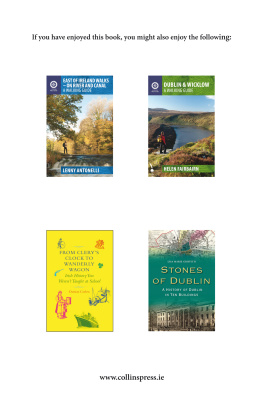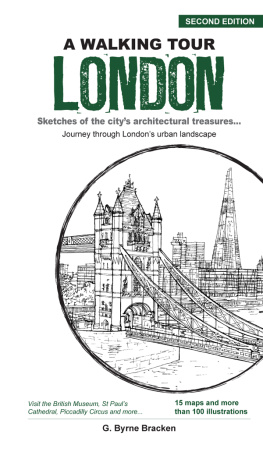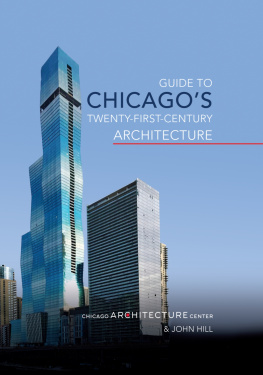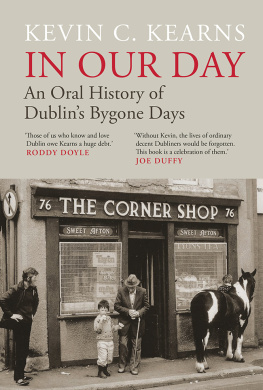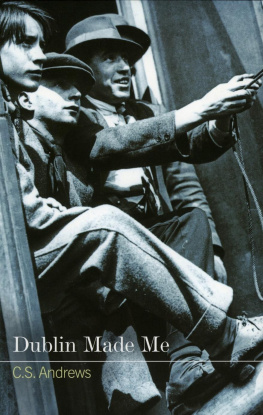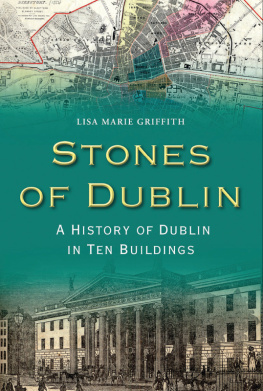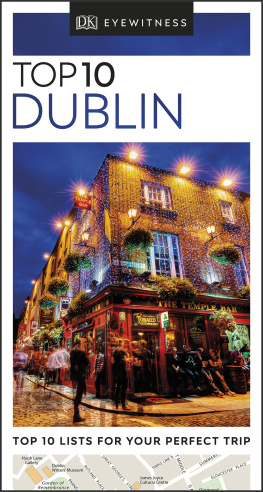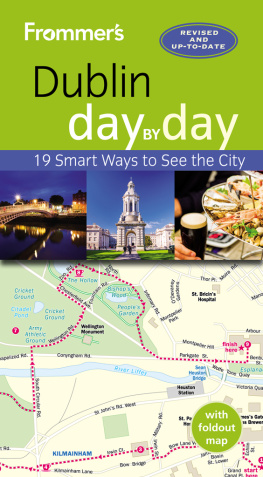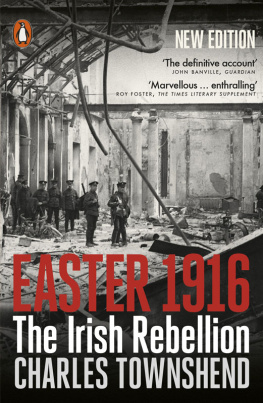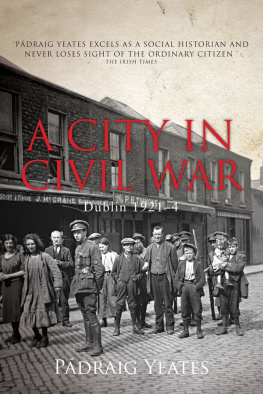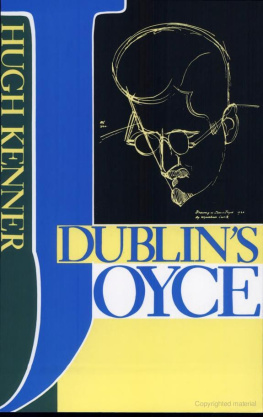Dublin Strolls
Gregory and Audrey Bracken, from County Kildare, are a brother and sister with a love of travel. Between them they have published guides to London, New York, Paris, Bangkok, Hong Kong, Kuala Lumpur, Shanghai, Singapore and others. Gregory has a PhD in Architecture and is Assistant Professor at the Technical University of Delft in the Netherlands. Audrey has a BA in English Literature and Classics from NUI Galway and, after a career in publishing and marketing in London and New York, recently returned to live in Dublin.
Stay up-to-date with the authors at:
www.gregory-bracken.com
www.facebook.com/DublinStrolls
www.instagram.com/dublinstrolls
Dedicated to Finn, Casper and Dubh




To Maura and Brendan Bracken for endless encouragement and support, John Kearney for your invaluable advice and insights, Patrick Healy for your expert and anecdotal knowledge (of everything). A special thanks goes to Antoinette Mallan, for the nuggets of information you provided from your Dublin goldmine, Sandra OConnell and Brona King at the RIAI, Noreen ODonnell at Marino Casino, designer Alison Burns, and lastly, to Karin and Geert Wiergersma, for Lesvaux, and Nico and Letty Cortlever, for Les Crosets, where so much of this book was written.
D UBLIN IS A BEAUTIFUL CITY, one with gracious streets and squares, lively bars, and great places to eat. It is also something of a cultural capital, with world-famous theatres and magnificent museums, and of course it was where James Joyce set most of his work. Ulysses is regarded as one of the most important books written in the twentieth century and was based entirely in Dublin. It traces the movements of a number of people one day in June 1904 (16 June, to be precise, a date celebrated today as Bloomsday). You could do worse than emulate Joyces characters and take a stroll through this lovely city. You will be delighted at just how charming it can be, but do not forget that what makes the city stand out from other more famous or even more popular destinations is its people. Dubliners are sociable, witty and welcoming, so make sure you get to talk to them as you make your way around their beautiful city.
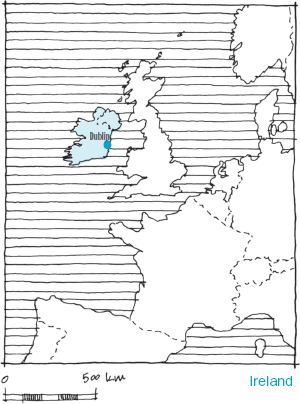
Dublin a short history
Vikings founded Dublin in AD 841. It was a useful stop on their way to the Mediterranean and it rapidly became one of their largest settlements outside Scandinavia. There had been settlement here before; the area around Dublin Castle is believed to have been inhabited as far back as 7500 BC, and there was a later influx of Neolithic farmers and herdsmen in the fourth millennium BC (it was they who built the magnificent tomb at Newgrange, County Meath). Celts began to arrive around 700 BC, and by the time St Patrick arrived in AD 432 they were happy to embrace Christianity. A golden age followed, with churches and monasteries being built, including St Patricks Cathedral, where St Patrick baptised his converts.
When the Anglo-Normans invaded in AD 1169 Ireland was not a united country; it was divided into a number of different kingdoms, with a High King elected at Tara, County Meath. Dermot MacMurrough, the ousted King of Leinster, asked King Henry II of England for support in regaining his throne. Pope Adrian IV had already blessed an invasion he was keen for Irish Catholics to toe the Vatican line on matters such as the proper time to celebrate Easter. (The Pope was also, perhaps not uncoincidentally, the only Englishman ever to succeed St Peter as Bishop of Rome). MacMurrough, with a force of Anglo-Normans, invaded Leinster and within weeks had secured it and was launching raids on neighbouring kingdoms. The following summer, however, saw two further invasions led by Richard de Clare (Strongbow) who by May 1171 had taken control of Leinster and the city kingdoms of Dublin, Waterford and Wexford. Irish High King Rory OConnor led a counteroffensive but was rebuffed. Henry II then landed with a large army of his own in October (more to control the suddenly powerful Strongbow than out of any concerns about the Irish) and the victorious Norman lords promptly handed over their territory. The King left Strongbow in charge of Leinster but insisted that the cities belong to the Crown. A number of Irish kings also submitted to Henry II, hoping to pre-empt Norman takeovers of their land. This was not always successful: Henry II granted the unconquered Kingdom of Meath to Hugh de Lacy before departing in 1172. The Treaty of Windsor in 1175 acknowledged Henry II as overlord of any conquered territory in Ireland, while Rory OConnor remained High King of the rest of the island. Crucially, however, the High King had to swear fealty to the English Crown. The Treaty was soon ignored and the Anglo-Normans continued to make further incursions. Henry II declared his son, Prince John, Lord of Ireland in 1177 and authorised his lords to continue their conquering.

THE IRISH LANGUAGE
Irish, or Gaelic, is a Celtic language and nothing like its nearest neighbour English (which is a Teutonic or German-derived language). It is known as Gaeilge (pronounced gwail-ge) in Irish. Most Irish people will have some knowledge of the language, having learnt it in school, but only a small minority (less than 10 per cent) actually speak it as a first language, mostly in areas along the west coast known as the Gaeltacht (where there is also some regional variation). Irish is closely related to Manx (the language of the Isle of Man) and Scottish Gaelic. It is also distantly related to Welsh, Cornish and Breton. All of these Celtic languages have similar grammatical structures but different vocabularies. Efforts to standardise Irish after the Second World War led to the adoption of the English alphabet but does not seem to have stemmed the popularity of English (which is after all a useful language to speak). English-speaking Irish writers have often managed to unconsciously tap into the Irish languages rich musicality and poetic effects to produce hauntingly beautiful prose and poetry. Make sure you look out for the street signs in Dublin, which put Irish first but make the English letters larger a typically Irish solution to the problem of which language should come first.
Meanwhile, Dublin had begun to grow into quite a city. Protected by defensive walls, it prospered. The cathedrals of Christ Church and St Patricks took on the dimensions we know today and the city became a thriving trading post. Dublin was at the heart of the Pale, an area of English influence until Tudor times. Its borders fluctuated, but at its maximum it extended all the way from Dundalk in County Louth to Waterford in the south. Native chieftains were allowed to keep their lands if they sent their heirs to be brought up in the Pale. This exposed the young princes to English values (unlike their relatives back home, who were literally beyond the pale).
The name Dublin derives from the black pool (dubh linn in Irish) behind Dublin Castle (now covered by the Castle Garden). This was at the confluence of the Liffey and Poddle Rivers (the latter, now culverted, used to run around the Castle). The Irish name for Dublin was and is
Next page
